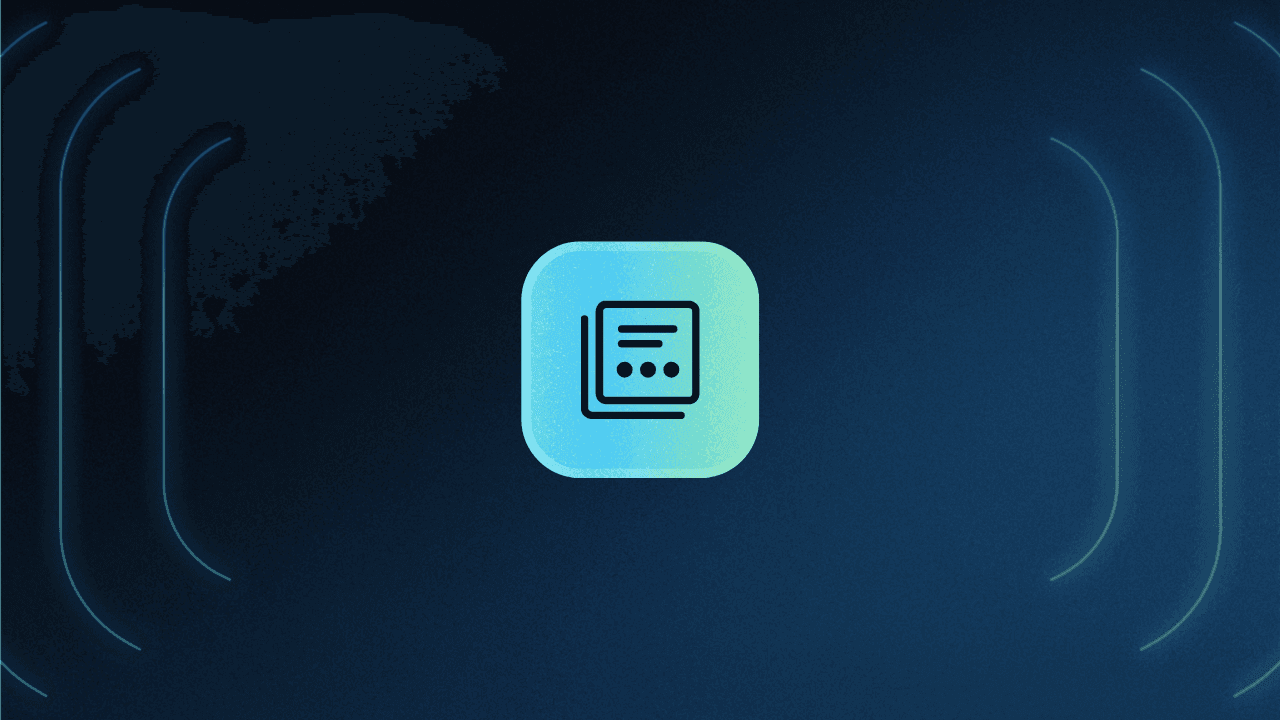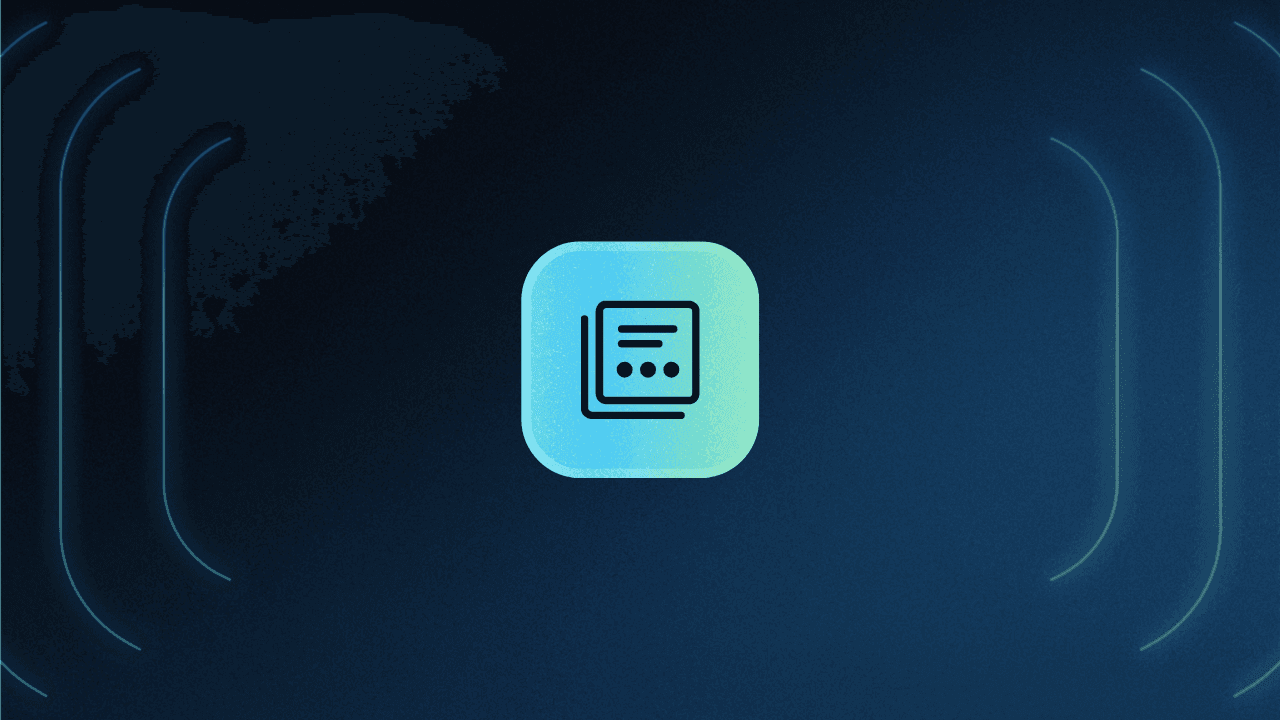Table of Contents
What is account takeover?
Account takeover (ATO) attacks have become one of the most persistent threats in today’s digital ecosystem. Attackers exploit weak or reused credentials to hijack legitimate accounts, impersonate users, and access sensitive data. For businesses and app developers, the consequences include data theft, financial loss, and reputational damage.
In 2025, preventing account takeover requires more than just stronger passwords; it demands smarter authentication, adaptive workflows, and passwordless experiences that protect users without slowing them down.
Main points
Account takeover attacks are rising rapidly, with a 76% year-over-year increase reported by Cifas in 2024, targeting mobile, retail, and SaaS platforms.
Easily available breached credentials and password reuse continue to fuel large-scale automated login attacks across web and mobile apps.
Developers and app owners face growing risks as attackers exploit API-based logins, session tokens, and weak supply-chain integrations.
Account takeover prevention requires passwordless authentication, adaptive MFA, and session protection, all of which can be easily implemented with Descope.
What is account takeover?
Account takeover (ATO) occurs when an attacker gains unauthorized access to a user account by exploiting weak or stolen credentials. Once authenticated, the attacker can act as a legitimate user, modifying data, initiating transactions, or accessing sensitive resources within your app.
For developers, account takeover isn’t just a security issue; it’s an application integrity problem. Compromised accounts can lead to unauthorized API calls, data exfiltration, or privilege escalation inside your product. These attacks often exploit the limitations of password-based authentication and unprotected login endpoints.
With the rapid growth of SaaS products, APIs, and third-party integrations, account takeover has become a universal threat across modern applications. Implementing account takeover protection mechanisms, such as adaptive MFA, device fingerprinting, and anomaly detection, is now essential to keep your login flows secure without adding friction for real users.
How account takeover happens
With an understanding of what account takeover fraud entails, we can now examine the various attack vectors commonly used in modern applications, including:
Brute-force attacks: Attackers use a combination of logic, guesswork, and automation to guess usernames and passwords for target web applications or APIs until they find a match. Brute-force attacks often leverage dictionaries of common words and phrases to guess weak or default passwords.
Credential stuffing attacks: Since many users reuse the same password across multiple services, exposing one set of credentials in a breach can put other accounts at risk. In credential stuffing attacks, attackers use automated scripts or bots to test stolen username-password pairs against other apps, APIs, or authentication endpoints.
Keystroke logging malware: Keyloggers, stealers, and other malware enable attackers to monitor victims’ keyboard activity and capture credentials in real time. These techniques remain effective, especially when combined with social engineering tactics like vishing or scam calls.
Phishing: Scams like credential phishing and business email compromise remain popular techniques for attackers to obtain credentials. For accounts without multi-factor authentication, successful phishing attacks can lead to account compromise.
Why account takeover fraud is on the rise
The Cifas Fraudscape 2025 report found that account takeover cases jumped 76% in 2024, with telecom and online retail platforms hit the hardest.
For developers, this spike highlights how attackers are rapidly exploiting weak authentication flows, reused credentials, and API-based logins, underscoring the need to build stronger, phishing-resistant authentication into every app.
Several underlying factors continue to fuel the growth of account takeover attacks:
Easily available breached credentials: Billions of leaked credentials from past data breaches are still circulating on the dark web, with fresh dumps appearing every week. Attackers can easily automate credential-stuffing attempts using these datasets to target app logins and APIs, often bypassing basic security checks.
Rampant password reuse: As mentioned earlier in this article, people’s tendency to reuse passwords across web applications gives attackers the fuel to launch account takeover attempts.
More online accounts: With digital lives becoming more important every day, there is an online account for everything. This increases the attack surface available to cybercriminals.
AI-powered automation: Attackers now use AI-driven bots to mimic real user behavior across web and mobile apps—from realistic mouse movements to human-like login attempts. This makes it harder for standard rate-limiting or CAPTCHA defenses to detect malicious traffic.
Session token theft: Modern attackers increasingly target session tokens and cookies stored in browsers, local storage, or mobile SDKs. By hijacking active sessions, they can gain full user access without triggering password or MFA checks.
The impact of account takeovers
Account takeover attacks don’t just compromise user data; they incur the following damages as well:
Financial loss
Attackers typically play the volume game with account takeovers, seeking quick financial gain before moving on to their next target. This might include emptying bank accounts and cryptocurrency wallets, selling personal data or account details, and redeeming reward points from loyalty programs. E-commerce fraud is also a common outcome here, with attackers using saved payment details to make multiple high-value transactions, either for personal use or for resale.
Brand and reputation damage
Account takeovers can make even the most secure-looking apps seem unsafe. Users tend to blame the platform, not the attacker, when their accounts are misused. A few public incidents can quickly erode brand credibility, making it harder for companies to regain user confidence.
Customer churn and support costs
When users lose access to their accounts or experience fraud, many simply stop trusting the platform. They might abandon the app altogether or switch to a competitor they feel is safer. At the same time, support teams face a surge in password reset requests, identity verification tickets, and refund claims—all of which increase operational costs and strain internal resources.
Compliance risks
Account takeover incidents can lead to serious compliance issues under frameworks like GDPR, CCPA, or other regional privacy laws. If user data is exposed or misused, companies may face fines, legal action, and mandatory breach disclosures. Beyond penalties, repeated ATO events can draw scrutiny from regulators and business partners, damaging long-term credibility.
Signs your Users’ accounts may be compromised
Early detection is key to preventing account takeover. Recognizing suspicious behavior patterns helps security and support teams act before attackers gain full control of user accounts.
Unusual login patterns
Logins from unfamiliar IP addresses, new geographic locations, or unrecognized devices often indicate an account compromise. Repeated access attempts from multiple regions or at unusual hours are also red flags.
Sudden account setting changes
Attackers commonly update passwords, recovery emails, or linked phone numbers right after gaining access. Monitoring such changes is an important step in proactive account takeover prevention.
Spike in failed logins or password reset requests
A sudden surge in failed logins or password reset attempts may signal credential-stuffing or brute-force activity. Tracking these anomalies helps identify and stop ongoing takeover attempts.
Transaction anomalies or data exfiltration
Unexpected purchases, abnormal API requests, or large data exports can indicate that an attacker has already taken over an account. Continuous monitoring of user actions helps protect against early account takeover and limits damage.
Best practices for account takeover protection
Here are some steps organizations can take to reduce the likelihood and impact of account takeover attacks.
Use passwordless authentication
Account takeover occurs when attackers obtain and use stolen passwords to gain access to an otherwise legitimate account. Removing passwords from this equation—and implementing secure passwordless authentication for web applications—makes account takeover next to impossible.
Passwordless authentication verifies users with something they have (a device or security key) or something they are (biometrics) rather than something they know, improving both security and user experience in the process.
Implement multi-factor authentication (MFA)
For organizations not yet ready to move away from passwords altogether, implementing multi-factor authentication (MFA) is an effective way to protect against ATO fraud. MFA enforces an additional factor after the username-password combination has been entered. Whether this is a one-time password sent via SMS or email, a biometric check with a fingerprint, or a PIN, the attacker will not have access to any of them.
Moreover, if the victim receives an OTP or PIN on their phone without logging in to their account, they can be alerted to a potential account takeover and take appropriate measures.
Log abnormal user activity
Once account takeover is successful, it is very difficult to detect and every second matters as the attacker can quickly change settings and exfiltrate sensitive data. Keeping an eye out for abnormal user behavior can make all the difference in catching an account takeover early.
Some signals that point to potential account takeover include:
An attempted login from a malicious or suspicious IP address.
Multiple user accounts being accessed from the same device or IP address.
Details being changed on multiple accounts within a short period of time (e.g., shipping information, credit card details, passwords).
An unusually high number of authentication attempts from the same IP address within a short period of time.
“Impossible travel” where the same account is accessed from two geographically distant IP addresses within a short period of time (think Los Angeles and Lagos within 20 minutes).
Prevent account takeover with Descope
Account takeover attacks succeed when stolen or reused credentials allow attackers to bypass weak authentication. The best way to stop them is to remove passwords from the equation altogether.
Descope makes this easy. Our drag-and-drop CIAM platform enables passwordless login through magic links, passkeys, and social sign-ins, along with adaptive MFA and session protection to block hijacked tokens. Deliver secure, frictionless login experiences that keep both your users and your brand safe.
Each organization's risk tolerance is unique. Descope's adaptive MFA allows developers to create conditional risk logic based on native factors (e.g. untrusted devices, impossible traveler, bot scores) as well as third-party connectors (e.g. Forter, Fingerprint, reCAPTCHA Enterprise) to enforce MFA at the right time instead of every time.

Sign up for a Forever Free account with Descope or book time with our experts to reduce your exposure to account takeover today.





